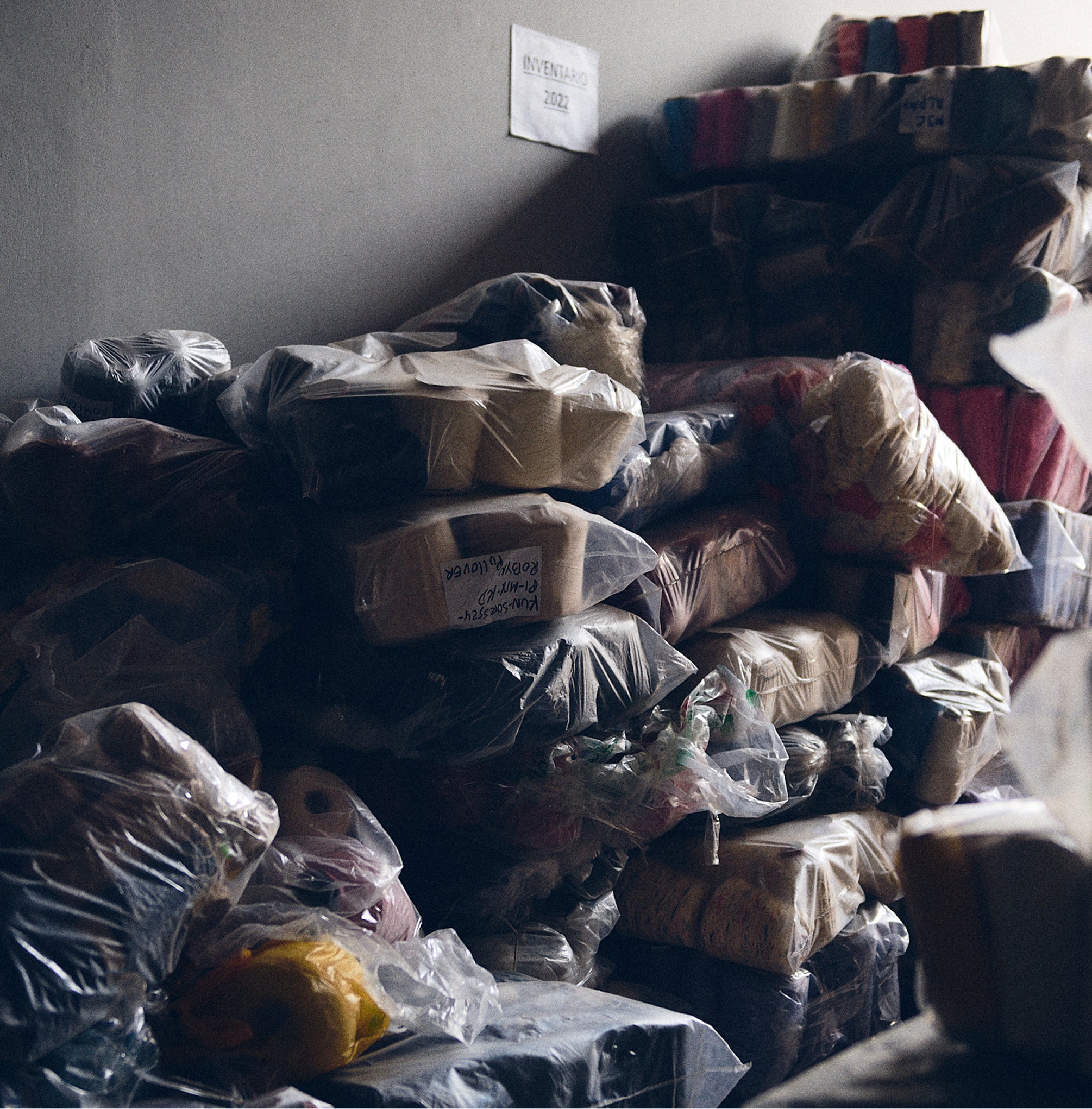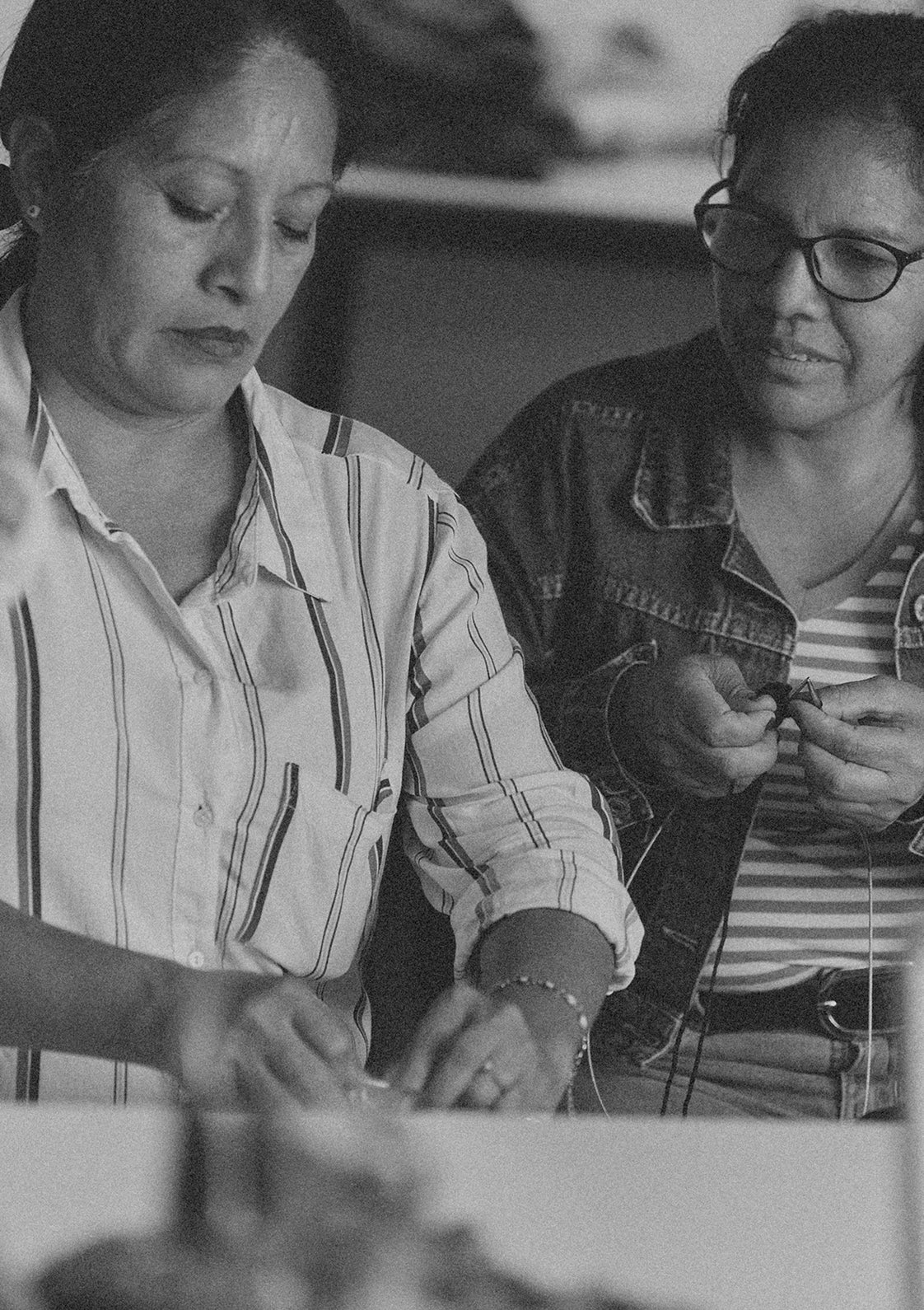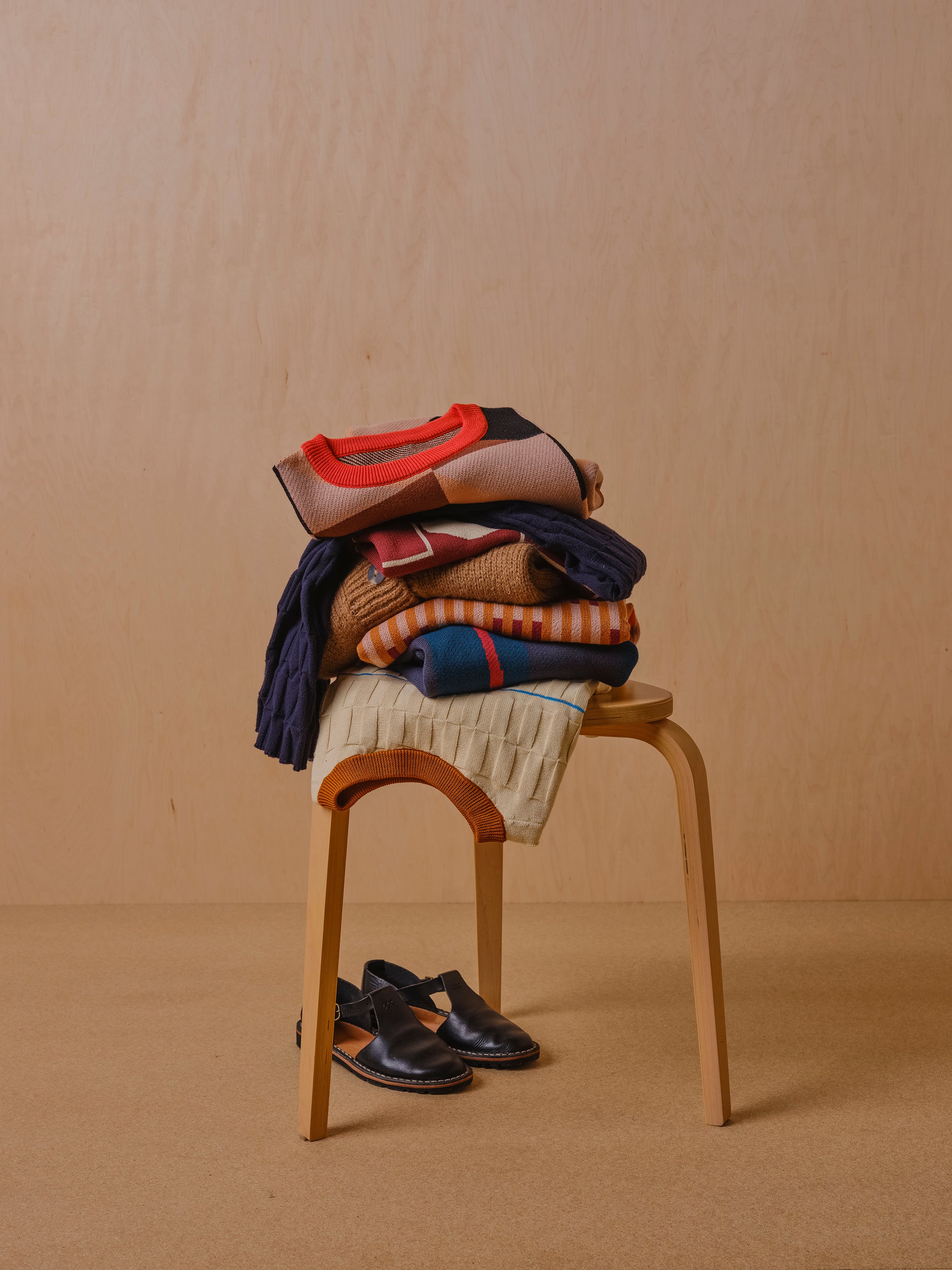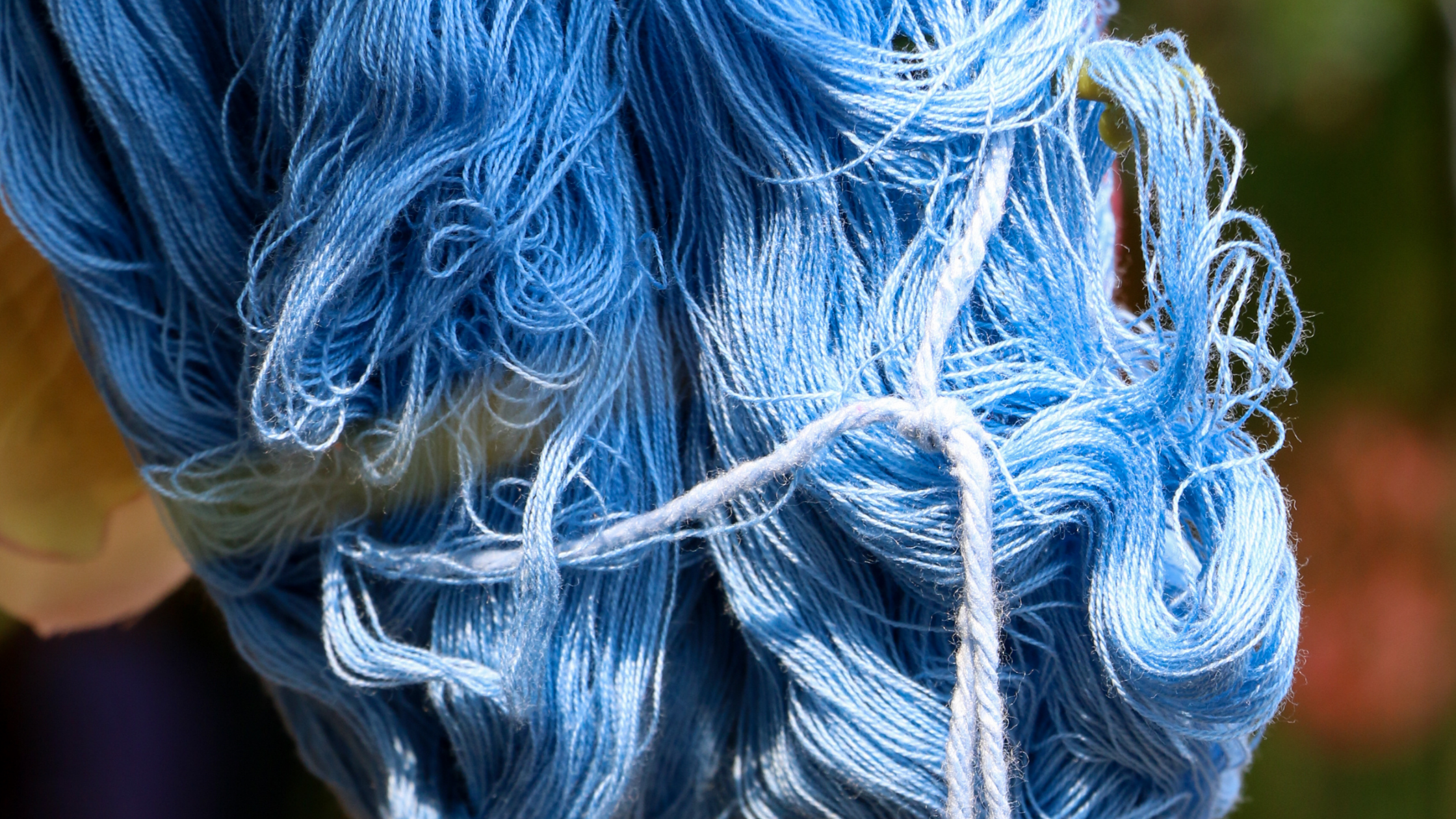Cotton is the most water-intensive textile fiber, taking up to 29,000 liters of water to produce one kilogram of raw cotton. It’s also the most common non-synthetic fiber used in textiles. While organic cotton is profoundly less water-intensive than conventional cotton, only 1% of cotton grown is organic.
But did you know the impact of cotton on natural resources can vary widely depending on where it’s grown? Some conditions can greatly reduce cotton’s water intensity. We consider ourselves fortunate to be based in Peru where some of the finest cotton in the world thrives, naturally.
Peruvian Cotton’s Gentle Footprint
Since ancient times, cotton has been grown in Peru’s coastal areas. It’s still grown in the northern coastal valleys in Peru today. Thanks to optimal growing conditions, the cotton produced here has a significantly lighter water footprint than top cotton-producing countries. Cotton produced in China requires 89 times more water than cotton produced in Peru. In India, the water footprint of cotton products is 53 times more than Peru.
Although the water intensity of Peruvian cotton is less than cotton grown in other areas, it still has an impact on the environment. By sourcing deadstock Peruvian Pima cotton yarn, we keep every drop of water used to produce it in circulation.

Beautiful, Durable Deadstock Pima Cotton
Using what already exists is one way to produce garments more sustainably. Making long-lasting clothes is another.
Pima cotton’s lifespan is 50% longer than regular cotton. Thanks to extra-long natural fibers, Pima cotton produces soft, luxurious fabric that’s easy to care for. But it’s integrity doesn’t end there. Pima cotton is also more resistant to damage, pilling, and wrinkling than regular cotton. Stacked up to regular cotton, Pima cotton is actually pretty mind-blowing. Lucky us, Peru produces some of the finest Pima cotton in the world.
Whereas regular cotton knits might develop pilling after about 10 washes, Pima cotton knits will be beautiful and wearable for years to come. Its high quality and resiliency makes it a low-impact choice for your wardrobe.

Is Deadstock Cotton Really Sustainable?
In a perfect supply chain, there wouldn’t be textile waste. But the complex systems we rely on for textiles are far from that, so we at The Endery believe we need to make use of existing materials. That’s why we exclusively use deadstock (leftover textile materials) in all of our garments.
There may be systems in the fashion and textile industry that encourage overages, causing more leftovers. Some deadstock textiles out there could be of lower quality, making their way to landfills faster. This might lead you to wonder, “Does buying clothes made from deadstock support unsustainable practices?”
Considering the water and resources needed to produce cotton, we believe that putting deadstock cotton to use is better than letting it go to waste. Leftover materials only add to the ecological footprint of the fashion industry. And while there may be room for improvement, choosing would-be waste over new reinforces a circular economy mindset.
Rescuing deadstock Pima cotton to make beautiful, long-lasting garments lessens the environmental impact of cotton production as a whole. Wearing it symbolizes the waste-less future we wish to see.
Read more

Born while the Sun fluttered through Gemini, the center of your being thrums with youthful curiosity, and that fascination with the world makes you fascinating in turn.

Kate Sekules is a writer, clothes historian, mender and mending educator. A leading light in the visible mending movement, she has shown her work and taught the techniques and history of repair in...







